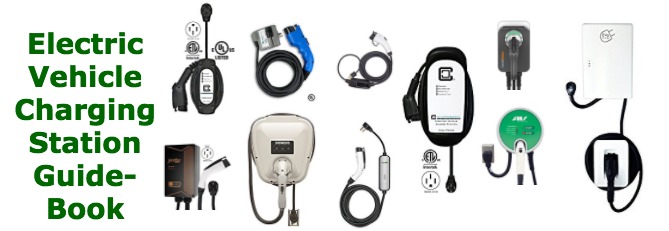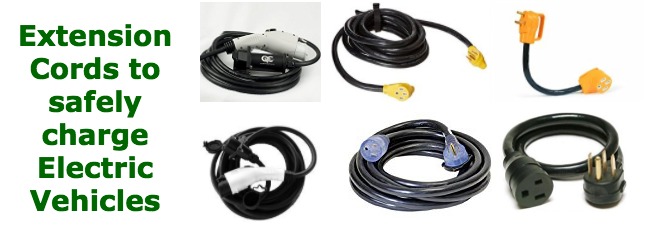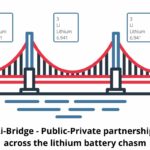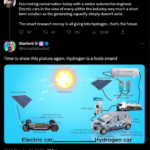A few days ago Timisoara, a city in Western Romania, announced a plan to buy new “tramvaie” cars (light rail cars) that will carry battery packs giving 64 kilometers of autonomy in case of a power outage. While it is commendable that Timisoara hopes to keep their light rail system running at all times, one wonders at the wisdom of putting batteries on-board a light rail car.
According to news reports the old “tramvaiele” (light rail cars) running in Timisoara were built between 1962 and 1973. That was deep in Romanias period of Communist rule, but in practical terms it means these cars should have been replaced a decade or three ago.
The contract for the new light rail cars has been signed with a Turkish manufacturer, Bozankaya Otomotiv MAK. IML ITH VE IHR. It is valued at 33 million euros to buy 16 cars, with an option to buy additional cars. The funds are largely coming from the European Union.
But let’s get back to this issue of batteries.
Normally light rail cars are powered from overhead wires. In Romania this is true, with almost every large city having tramvaiele (light rail cars) running across the city. There is also a mix of diesel buses, and buses powered by similar overhead wires.
The advantage of powering an electric vehicle from overhead wires is that the vehicle is less expensive than one carrying a battery pack. Power from overhead wires is already sufficient to move the light rail car around, at no additional expense to buy the light rail car, and at no additional weight. An electric vehicle powered from overhead wires will not run out of power, and therefore has no range anxiety.
The stated reason for putting batteries on these light rail cars for Timisoara is curious. How often does the electrical grid go down? It’s not like Timisoara has no experience with running electrical systems. Timisoara has the distinction of being the first city in Europe to have electric street lights.
In any case there’s a more effective way to achieve power reliability for an electric light rail system, or other similar purposes. Don’t put the battery pack in the light rail car, but install a stationary grid energy storage system next to the light rail infrastructure. What’s necessary is to keep the overhead wires powered with electricity. A grid energy storage system can do that. That choice also raises the possibility of powering the light rail system using solar or wind energy energy, or for the light rail system operator to earn extra revenue from grid services.
- Is there enough Grid Capacity for Hydrogen Fuel Cell or Battery Electric cars? - April 23, 2023
- Is Tesla finagling to grab federal NEVI dollars for Supercharger network? - November 15, 2022
- Tesla announces the North American Charging Standard charging connector - November 11, 2022
- Lightning Motorcycles adopts Silicon battery, 5 minute charge time gives 135 miles range - November 9, 2022
- Tesla Autopilot under US Dept of Transportation scrutiny - June 13, 2022
- Spectacular CNG bus fire misrepresented as EV bus fire - April 21, 2022
- Moldova, Ukraine, Georgia, Russia, and the European Energy Crisis - December 21, 2021
- Li-Bridge leading the USA across lithium battery chasm - October 29, 2021
- USA increasing domestic lithium battery research and manufacturing - October 28, 2021
- Electrify America building USA/Canada-wide EV charging network - October 27, 2021



















David, maybe they are looking to extend the rail tracks into newer suburbs, without the cost of adding overhead catenary etc.?
If as you say for Bucharest, public transport is in demand and overloaded, they are doing the right thing by extending it.
Yes that’s possible – however the news articles about this did not say so. The news articles only talked about the risk of power outages.